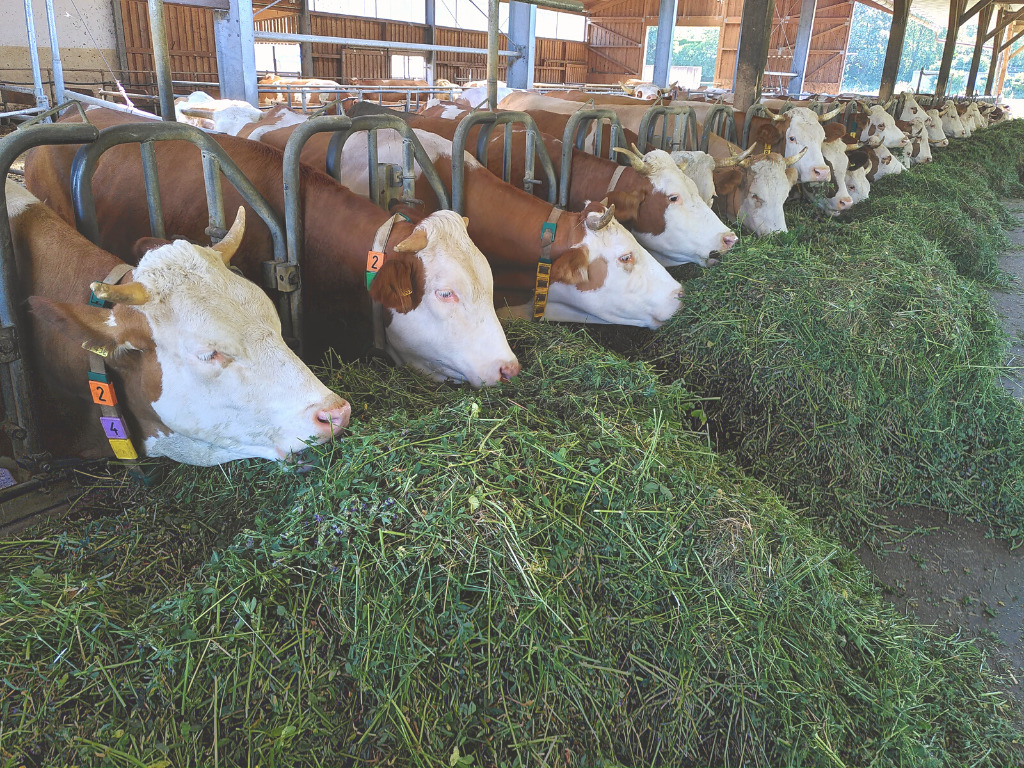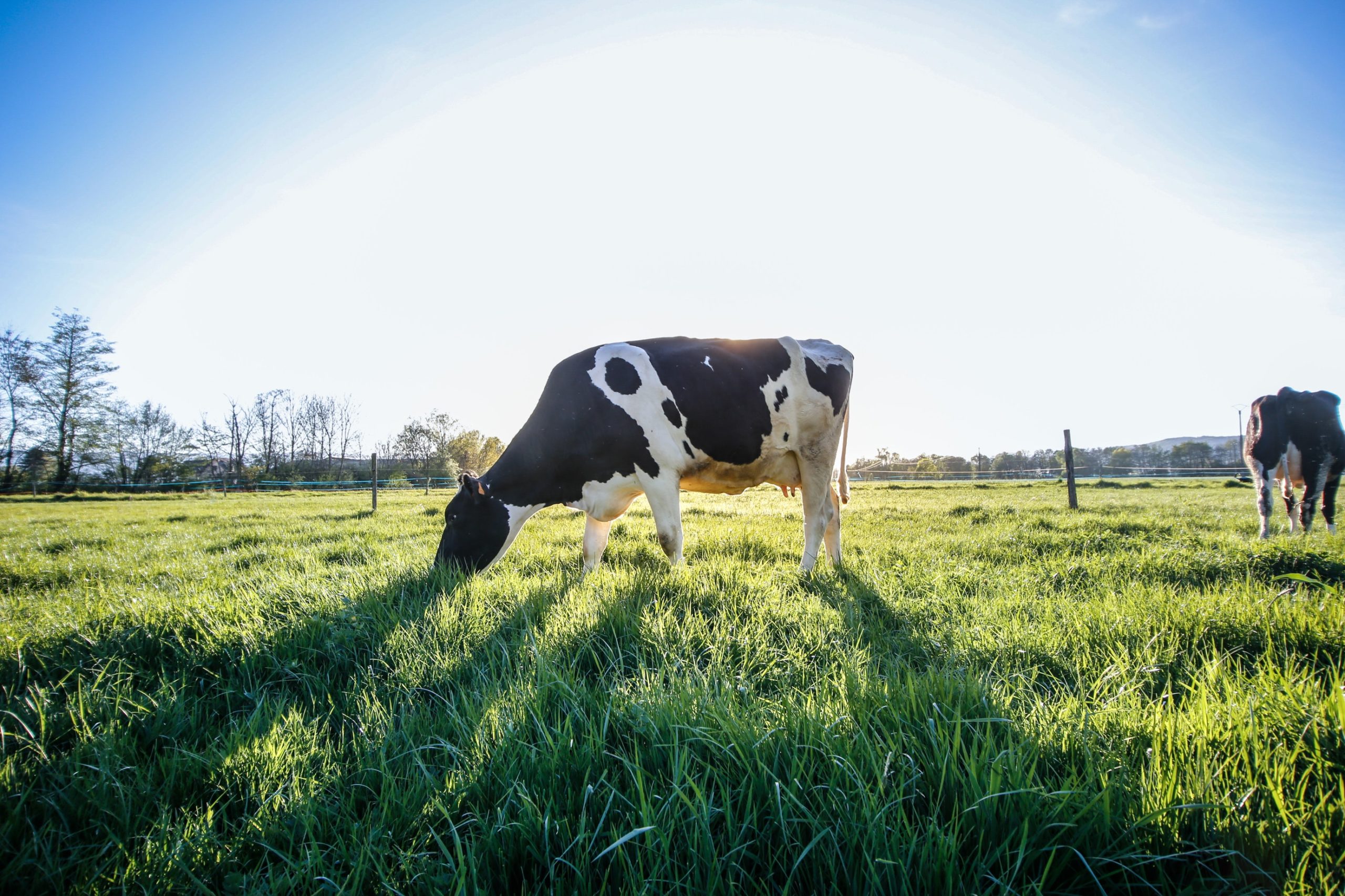Funding to Curb Methane Emissions Doesn’t Measure Up to the Risk, Report Finds
3 Mins Read
New research on methane—a greenhouse gas that traps more heat than CO2—shows that despite its big role in climate change, there are fewer financial resources directed at reducing it.
In a new report from Climate Policy Initiative (CPI), researchers found that methane is responsible for nearly half of the net global warming to date, but less than two percent of financial resources addressing climate change are being directed toward mitigating the gas.
“Sharp and rapid reductions in methane emissions this decade are essential to limiting global warming to 1.5°C,” CPI says.
The problem with methane emissions
The report comes after the Sixth Assessment Report from the IPCC, released earlier this year, called for urgent measures to curb heat-trapping gases including methane. That report called for a 30 percent reduction of methane before the end of the decade over the 2020 levels. That drop in methane would have a significant benefit to the planet, averting at least 0.2°C in global warming by 2050.
While methane doesn’t last as long in the atmosphere as carbon dioxide, it does more damage in its first 20 years, trapping 80 times the heat of CO2. Leading producers of methane emissions include energy extraction, solid waste and wastewater, and animal agriculture.

According to CPI, a ten-fold increase in methane abatement finance “is necessary” to meet the estimated more than $110 billion needed to help reduce methane emissions on a global scale. The findings point to East Asia and Pacific region as leading the planet in methane emissions. But other regions including Latin America, Sub-Saharan Africa, and the Caribbean also would benefit from resources. As the second and third largest methane-producing regions, they’re currently only receiving six percent of methane abatement financing.
“Methane abatement finance has one of the highest ratios of global warming benefit per dollar of capital invested,” CPI says in the report. “The world cannot avoid the worst impacts of climate change without sufficient finance flows towards methane abatement. Both public and private actors have an essential role to play in closing the methane abatement finance gap.”
More than 60 percent of funding for methane abatement in 2019-2020 went toward the waste sector while the overwhelming majority of methane, 82 percent, comes from fossil fuels and animal agriculture, the report notes. Low-carbon transport received 15 times the investment of methane abatement and solar and wind received 26 times the investment, the report notes.
Investing in methane mitigation
CPI is urging investors and legislators to increase funding for methane mitigation projects and policies. It’s also asking for sector-specific benchmarks and the cataloging of best practices to help support abatement efforts and tech.

A report published in April by the National Oceanic and Atmospheric Administration found methane levels were moving “in the wrong direction.” That research found methane increased to 17 parts per billion in 2021, which is more than 162 percent over pre-industrial levels. It was also the largest increase recorded since measurements began in 1983.
“The evidence is consistent, alarming, and undeniable,” Rick Spinrad, NOAA administrator, said in a statement. “We need to build a Climate Ready Nation to adapt for what’s already here and prepare for what’s to come. At the same time, we can no longer afford to delay urgent and effective action needed to address the cause of the problem — greenhouse gas pollution.”



